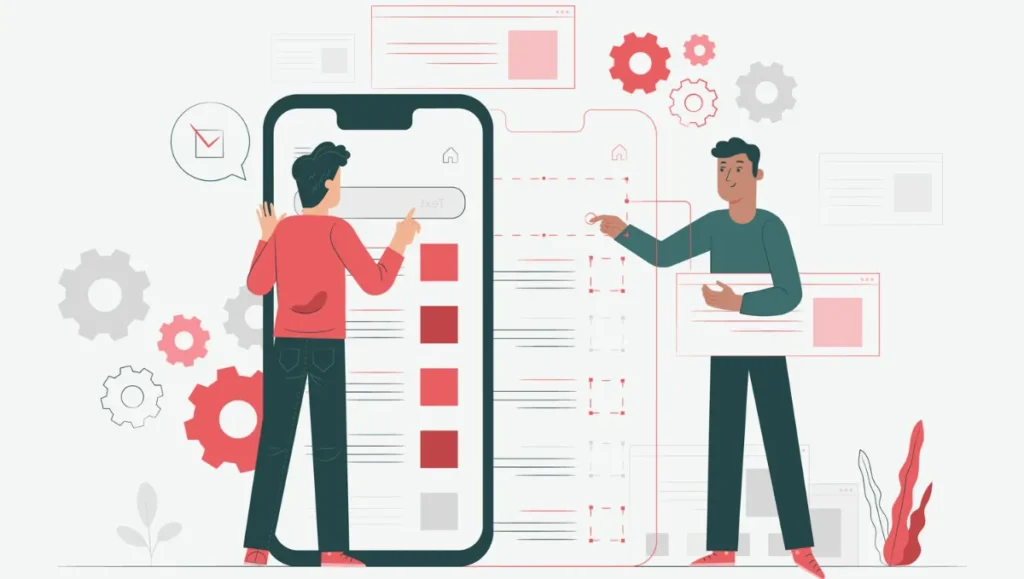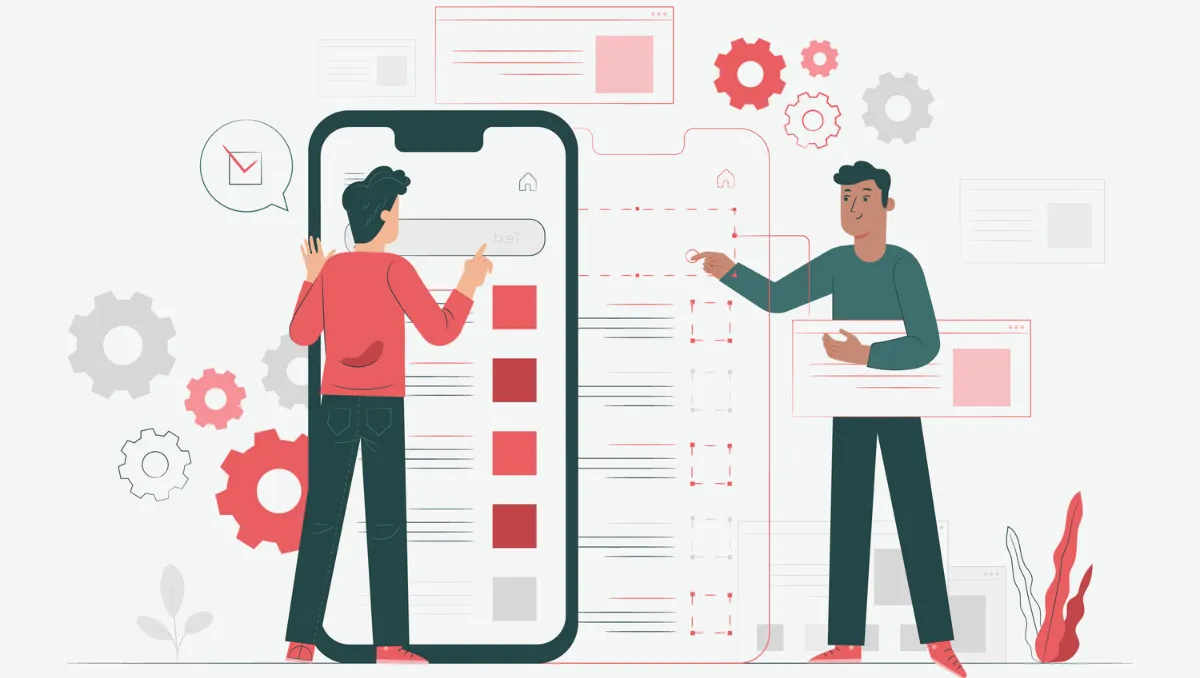Table of Contents
App Development: From Concept to App Store

With the rapid growth of the mobile app market, the demand for innovative and user-friendly applications continues to rise. If you have a brilliant app idea, understanding the app development process is crucial to turn your concept into a reality. In this blog post, we will walk you through the journey of app development, from the initial concept stage to launching your app in the app store.
Conceptualization and Research
The first step in app development is to define and refine your app concept. Identify the problem your app solves and research the target audience and market trends. Determine the unique value proposition of your app and assess its feasibility. Conduct market research to analyze competitor apps and identify opportunities for differentiation. This stage is crucial for laying the foundation of your app’s success.
Wireframing and Prototyping
Once you have a clear concept, create wireframes and prototypes to visualize the app’s structure and user interface. Wireframing helps you define the layout, navigation, and user flow of your app. Prototyping allows you to create interactive mockups that simulate the app’s functionality. This step helps you validate your app’s usability and make necessary adjustments before proceeding to the development phase.
Development
During the development phase, you transform your app concept into a fully functional application. Select the appropriate technology stack and programming languages based on your app’s requirements. Divide the development process into milestones and create a roadmap to ensure a structured and efficient workflow. Collaborate with designers and developers to implement the user interface, features, and backend infrastructure. Regularly test and debug your app to ensure its stability and performance.
Testing and Quality Assurance
Thorough testing is crucial to identify and fix any bugs, glitches, or usability issues in your app.Conduct both functional and non-functional testing, including unit testing, integration testing, and user acceptance testing. Test your app on different devices, operating systems, and screen sizes to ensure compatibility. Incorporate user feedback to refine the user experience and optimize performance. A robust quality assurance process is essential to ensure a polished and reliable app.
App Store Submission
Before submitting your app to the app store, ensure that you have met all the guidelines and requirements specified by the platform (e.g., Apple App Store or Google Play Store). Prepare the necessary assets, such as app icons, screenshots, and app descriptions, following the platform’s guidelines. Create developer accounts, pay the necessary fees, and complete the submission process. It is essential to thoroughly review your app’s listing to maximize its discoverability and appeal to potential users.
App Launch and Marketing
Once your app is approved and published in the app store, it’s time to promote it to your target audience. Develop a comprehensive marketing strategy that includes app store optimization (ASO), social media campaigns, influencer marketing, and targeted advertising. Leverage various channels to create awareness, generate buzz, and encourage downloads. Continuously monitor user feedback, reviews, and app analytics to iterate and improve your app based on user insights.
Conclusion
Bringing an app from concept to the app store requires careful planning, development, and marketing. By following a structured approach and leveraging user feedback, you can create a successful and user-friendly app. Remember to conduct thorough research, design intuitive user interfaces, rigorously test your app, and implement effective marketing strategies. With determination and attention to detail, you can transform your app idea into a reality and make a mark in the competitive world of mobile applications.



